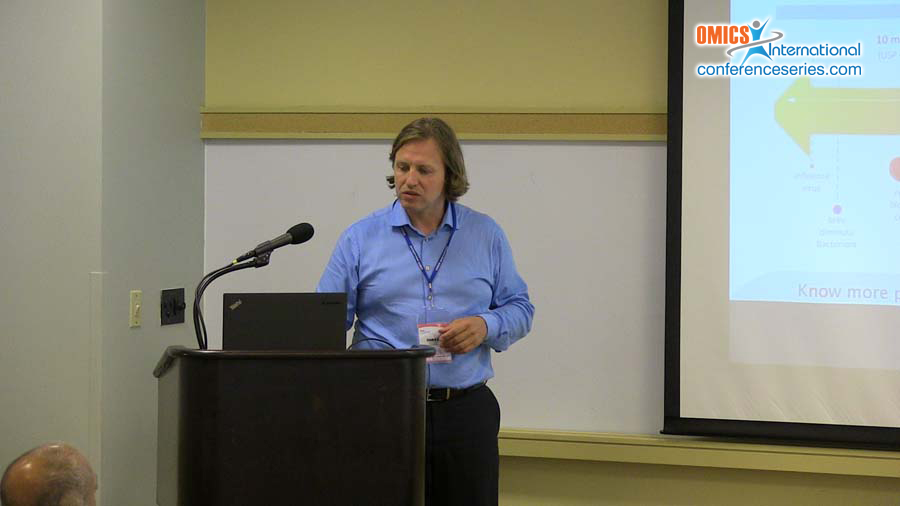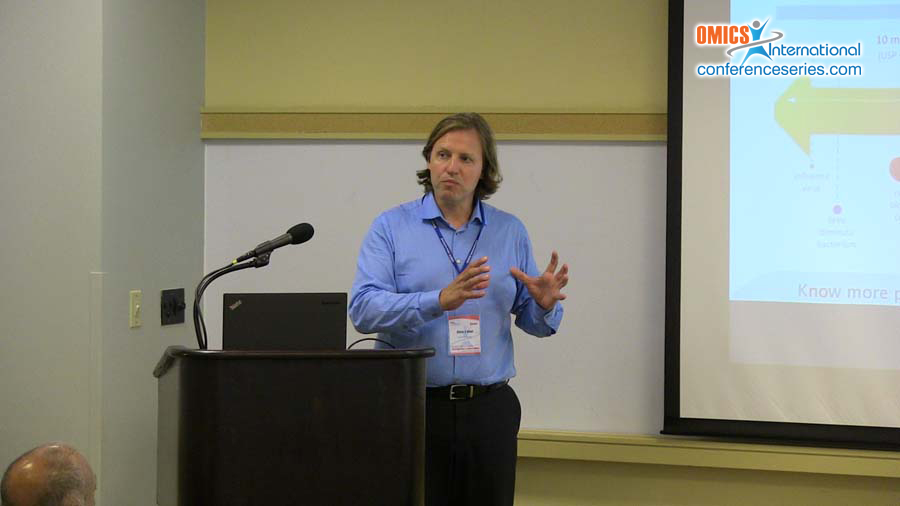
Oliver K Valet
rap.ID Inc., Germany
Title: Formation of inherent protein aggregates in the visible and sub-visible size range by excessive and inhomogeneous lubrication in syringes and cartridges
Biography
Biography: Oliver K Valet
Abstract
The optimization and control of lubrication processes either spray-on or baked-in, has become a highly regarded topic in pharma/ biotech discussions. Especially the formulations on protein basis demand for a high quality siliconization since those products are vulnerable and precious. Therefore, a thorough control and understanding of the siliconization process is crucial. This ensures product understanding and quality-by-design on the entire product life-cycle. It is necessary to guarantee a stable and smooth silicone layer to avoid rejects and product loss due to high break loose force or gliding forces. In pre-filled syringes, high silicone levels can also induce aggregation and inherent particle formation of the high concentrated proteins in formulation. Protein Based Therapeutics (PBT) may have strong interactions with the silicone oil used in Pre-Fillable Syringes (PFS). The control of those particles is also discussed by the recently updated USP <790>. We investigated this phenomenon by characterizing the silicone layer in siliconized PFS with baked-on, and low, high and very high concentrations of spray-on silicone oil. We have characterized the layer before and after a 4-week storage period by means of the Layer Explorer UT instrument. We investigated the relationship in sub-visible particle formation and silicone oil layer thickness and distribution as well as silicone oil layer stability parameter in PFS. We also investigated the interaction of those layers with a protein solution and observed the redistribution of the layer in accordance to the storage conditions. The formation of protein aggregates was chemically identified by means of image-directed micro – Raman, Single Particle Explorer ls raman.ID. To observe the formation of protein aggregates, the syringes were filled after storage with a protein formulation. 400 particles per sample were measured by means of automated Raman spectroscopy. Particle size distribution and chemical composition of the 300-500 individual particles per sample was obtained. A Raman library was built with the pure protein as well as from the protein mixed with different amounts of silicone. To study the presence of silicone droplets in-situ, 50 μl of sample was mounted in a specially designed wet-cell and 500 silicone droplets as well as protein aggregates were also chemically identified by means of image-directed Raman spectroscopy. We observed the redistribution of the silicone oil at 40 degree storage conditions after only a few days of storage. Also, we gathered that the orientation of the syringe during storage plays an important role on the distribution behaviour of the syringe. Further impact was visible when the differently stored syringes were filled and the amount of silicone droplets as well as protein aggregates were measured and controlled. A strong correlation between the layer homogeneity and the protein aggregation phenomena could be shown. From these results, we can conclude that the silicone oil layer in a pre-fillable syringe is prone to redistribution and reorientation. The dependence of protein aggregates and layer homogeneity shows that the control of the silicone oil layer homogeneity is an important factor in the quality of PFS. The design of the study could be used to determine product stability and PFS quality to assure the products quality over the entire life-cycle.




